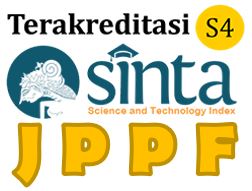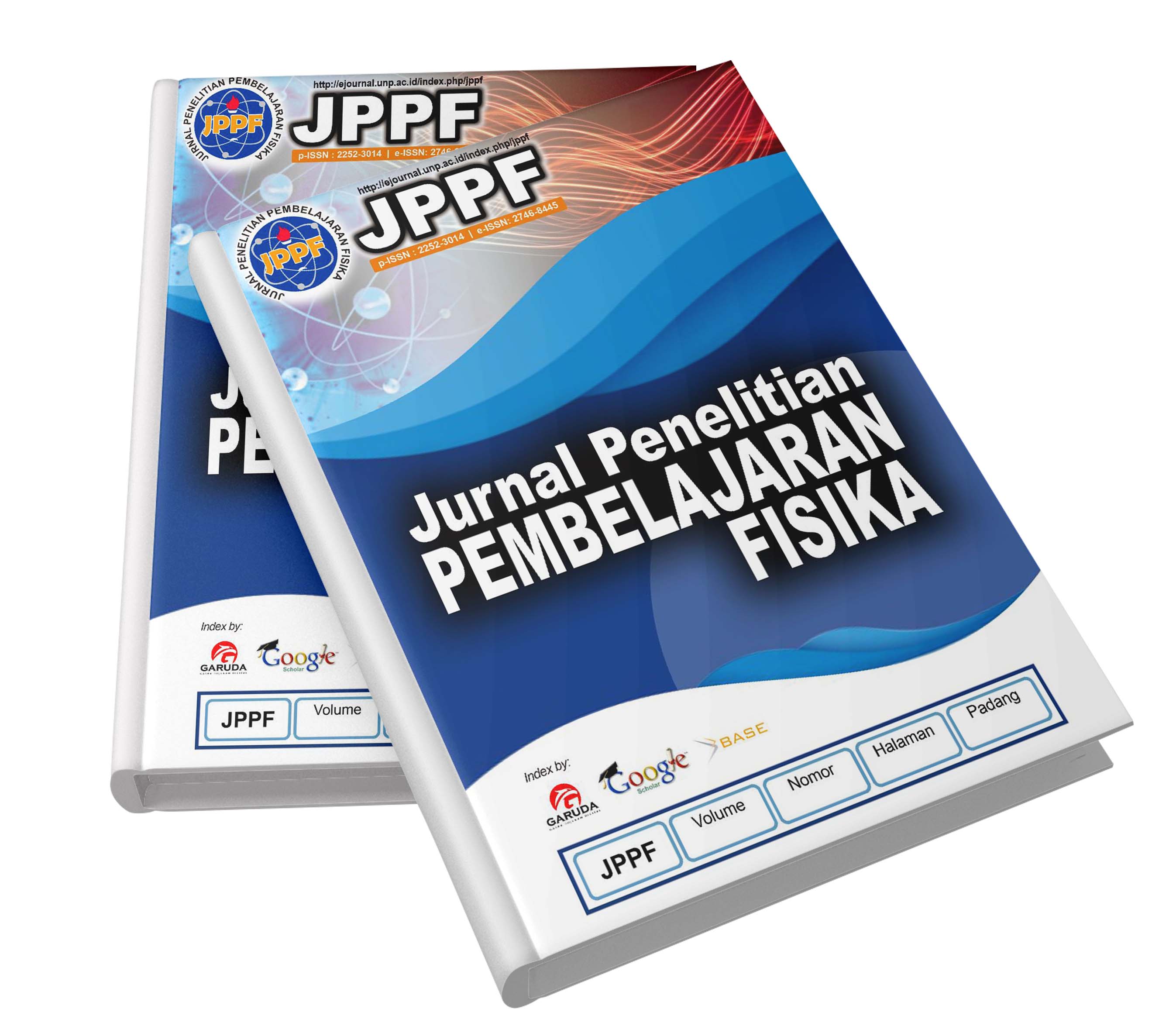Abstract
Physics learning in the 2013 curriculum aims to master the principles and concepts and be able to develop science and technology. However, the results of preliminary research, namely interviews with three teachers from three different schools, found that teachers still predominantly use the lecture method and have not used technology such as virtual laboratory experiments in learning. Several studies from journal articles show that students' conceptual understanding of optical material is still low. This study aims to design and determine the validity of cognitive conflict-based teaching materials integrating virtual laboratories in optical material. This research is a development research using the Plomp model. This research is limited to two stages of Plomp development, namely the preliminary research and the development / prototyping phase. The instruments used were interview guides, self-evaluation sheets and validation sheets. Based on the problems in the preliminary research, the design of teaching materials is based on four syntax of cognitive conflict-based learning models, namely activation of preconceptions and misconceptions, presentation of cognitive conflict, discovery of concepts and equations and reflection. The results of the self-evaluation show that the prototype design is complete and the results of the validity test on the aspects of content validity, construct validity, language validity and face validity show that the teaching materials are in the very valid category.




